Images: 10 incredible volcanoes in our solar system
These violent openings are windows into the inner workings and origins of our neighboring planets and their moons.
Volcanoes on Earth are amazing, but our planet isn't the only world where lava has flowed. From Jupiter's moon Io, the most volcanic place in the solar system, to Olympus Mons on Mars, check out 10 amazing volcanoes in the planets and moons of the star system we call home.
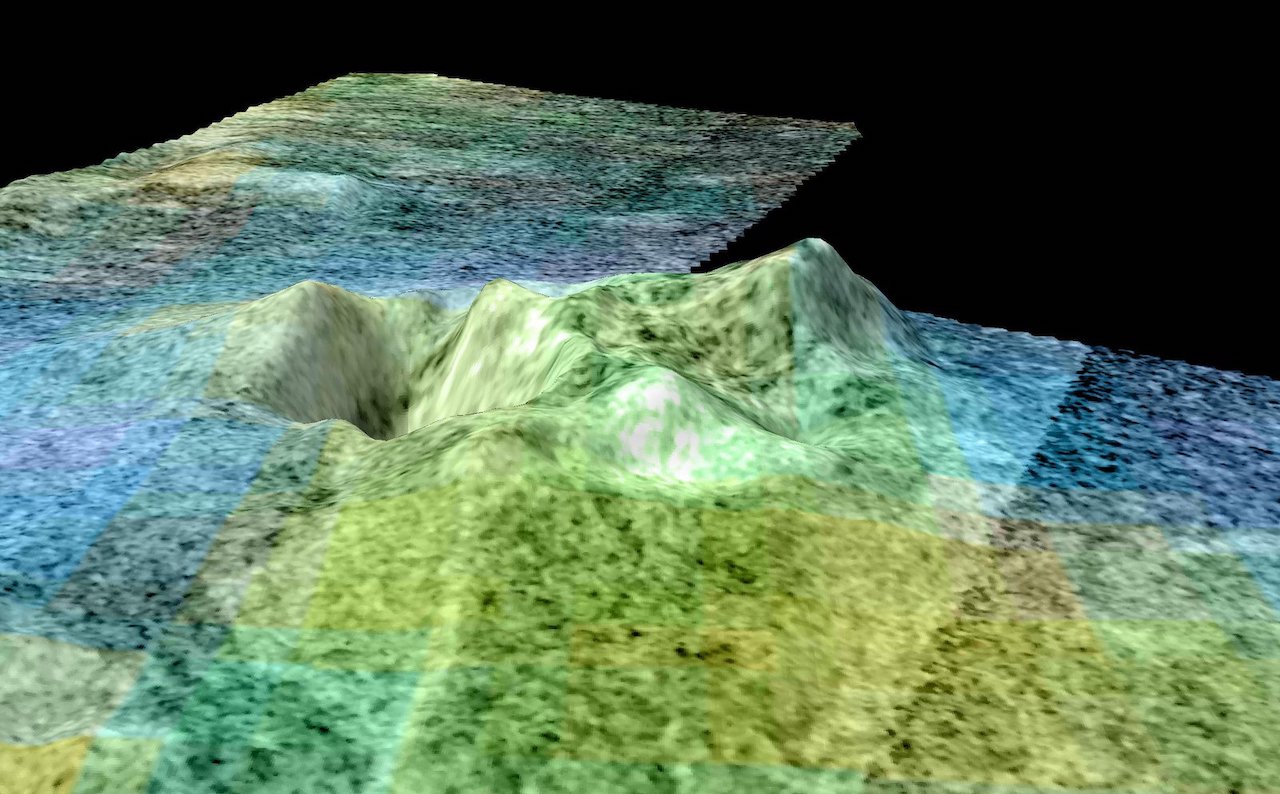
Doom Mons, Titan
Doom Mons, named after Mount Doom from "The Lord of the Rings", is the highest point of a mountain range in the southern hemisphere on the moon Titan. It is thought to have grown through cryovolcanism — the steady oozing of molten water and methane ice from cracks in the crust. Mohini Fluctus, a bright lobe-shape flow at least 124 miles (200 kilometers) long, appears to emerge from the mountain and extends to the northeast.
Like everywhere across Titan’s surface, Doom Mons is constantly bombarded by various elements of the moon’s orange-tinged atmosphere, including wind, rain and snow particles composed of liquid methane and ethane, as well as hydrocarbon smog and haze. This bombardment means the volcano’s structure is constantly changing, while wind erosion may also play a role in limiting the height of its peak.
Titan orbits close to Saturn, and the tidal forces this generates can likely account for the internal heat powering Doom Mons. Some scientists have expressed bemusement why we don't see more active cryovolcanism across Titan's surface.
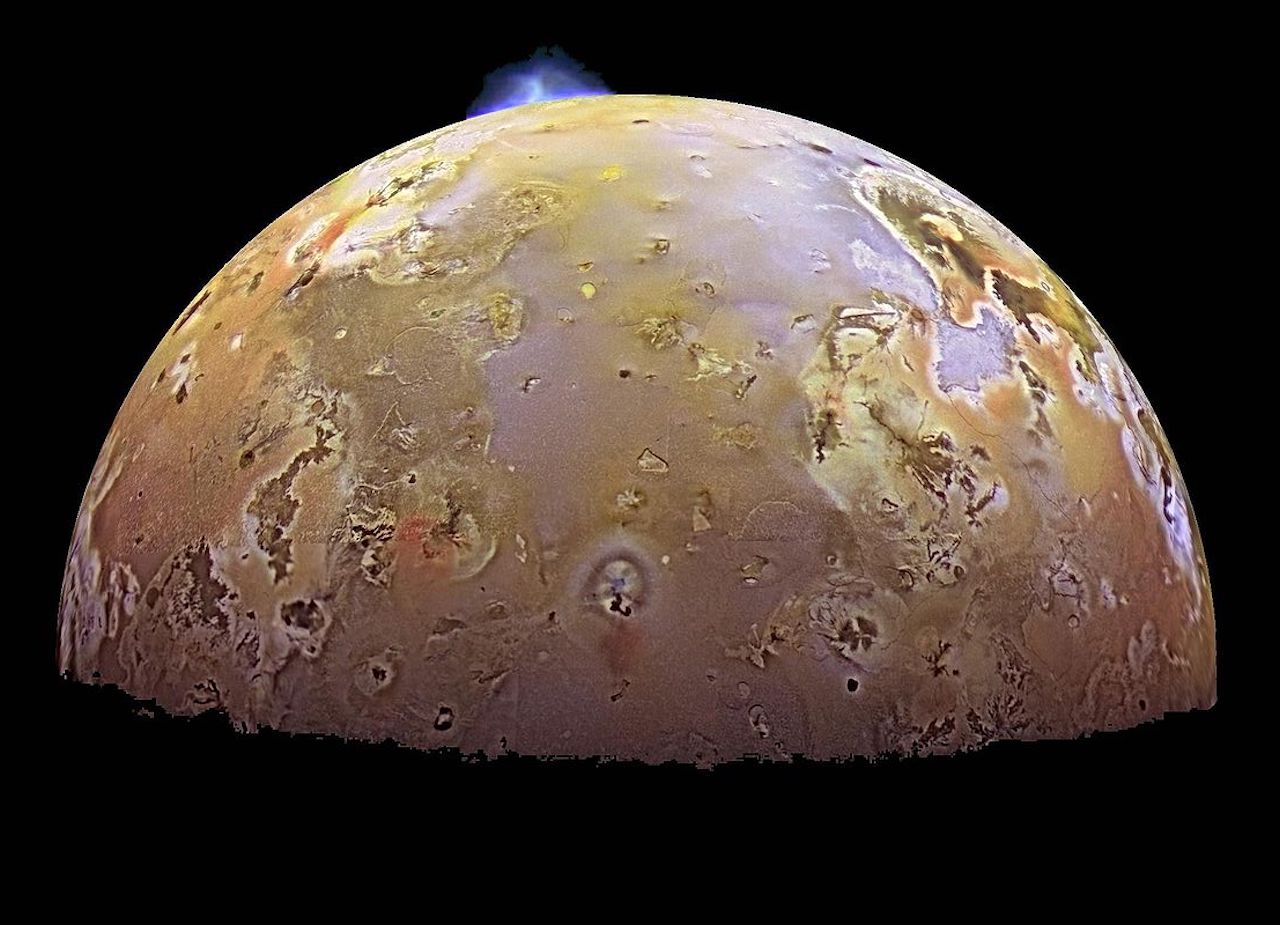
Loki, Io
Prior to the launch of the Voyager mission in the 1970s, few expected to find active volcanism in the freezing parts of the solar system inhabited by the gas giants. One exception was a team led by University of California planetary scientist Stan Peale. Peale’s prophetic paper three months before the craft’s arrival at Jupiter predicted that the combined orbital forces of the gas giant and its other moons could sufficiently squeeze tiny Io, melting its interior.
However, even Peale couldn’t have envisioned what Voyager saw as it flew by. Io has more than 400 active volcanoes, making it the most violent geological world in the solar system. Its dynamic surface is fueled by an unimaginable gravitational pulling and squeezing that creates a rocky tidal bulge more than 33 feet (10 meters) high, moving constantly around the moon.
Loki is the largest of Io’s plume-spouting volcanoes. It’s a 125-mile-wide (200 kilometers) volcanic lake that erupts at regular intervals — approximately every 540 Earth days. These eruptions release 250-mile-tall (400 kilometers) jets that distribute sulfur and sulfur dioxide widely across vast areas of the surface.
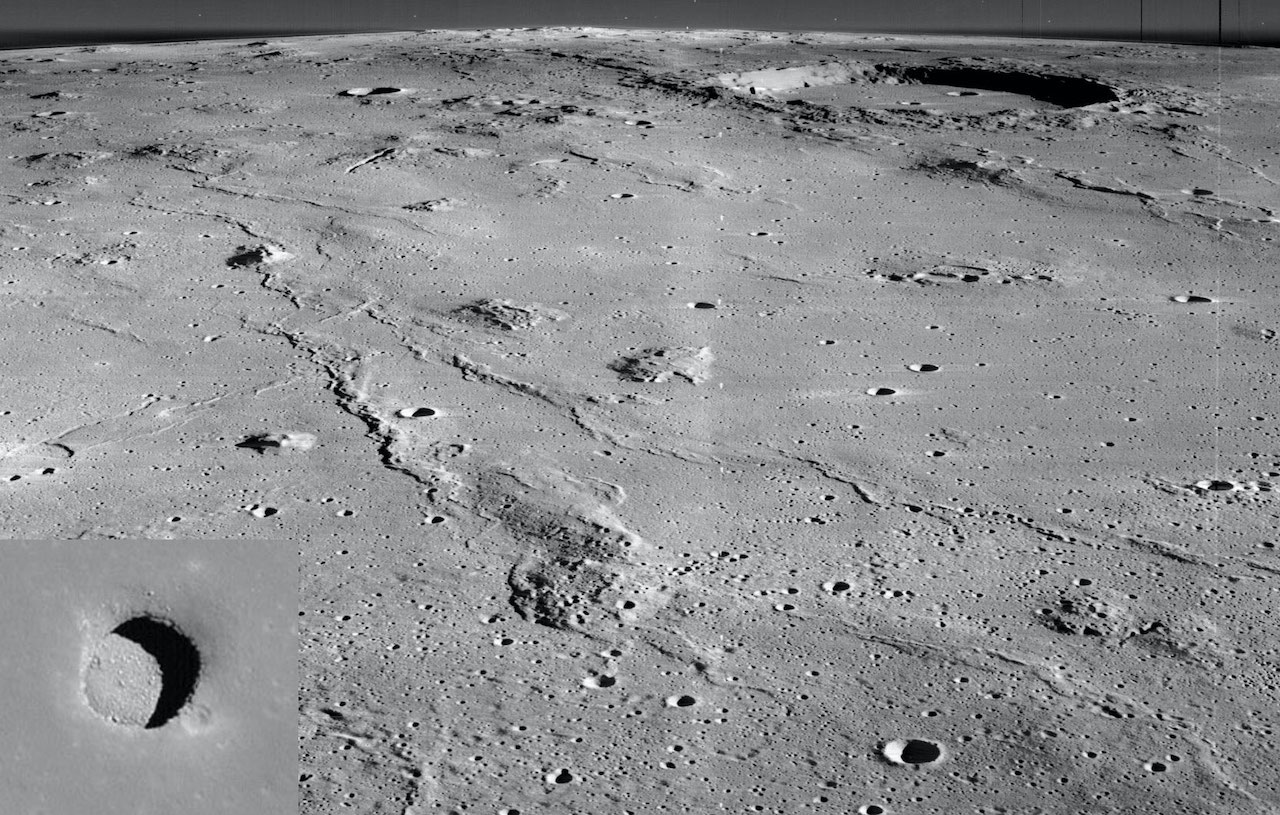
Marius Hills, the moon
Marius Hills is the largest volcanic dome field on the moon, containing numerous domes up to 1,640 feet (500 m) tall. The region is also home to the Marius Hills Hole, a several hundred feet wide opening of the lunar surface that provides a 260-feet-high (80 meters) window into what scientists think is an ancient lunar lava tube. Some engineers have even considered the hole’s natural shielding as a location for a future lunar base.
Until astronauts returned moon rock to Earth for analysis, there was a debate about whether our celestial companion was ever a volcanic world. Only once the moon rocks were analyzed was it confirmed that the big dark mare patches weren’t impact craters, as some had suggested, but ancient lava flows.
While the volcanism that produced Marius Hills is long gone, there are places on the lunar surface where volcanism could have been taking place in the last few hundred million years, according to SCIENCE. And if that can be proved, it is not implausible we will see lunar eruptions again in the near future.
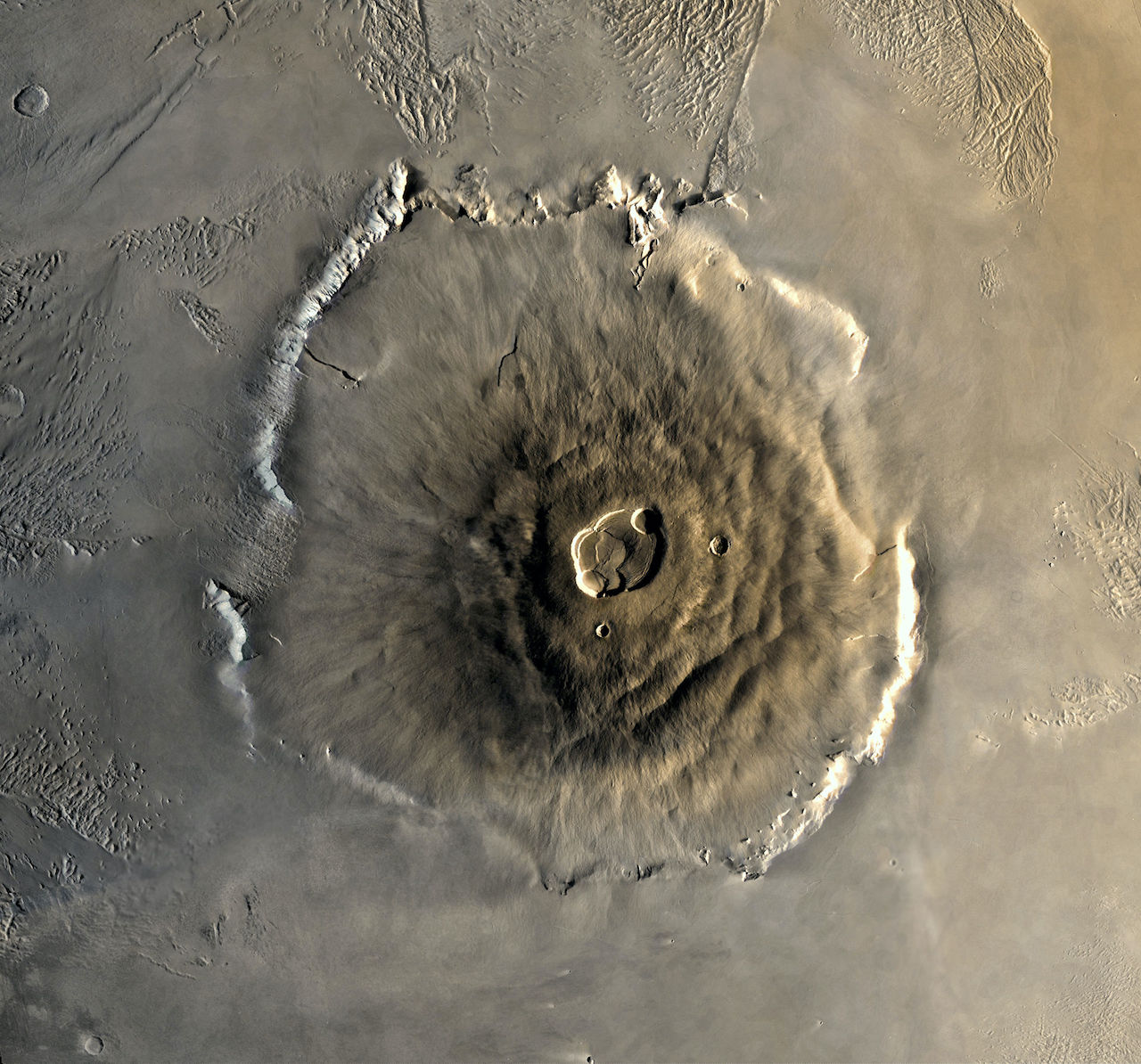
Olympus Mons, Mars
The largest volcano in the solar system, Mars’ Olympus Mons stretches over an area equal to the state of Arizona. It is so big, if someone dropped you in the summit’s caldera crater, you would not see the crater rim because it would lie beyond the horizon. Its weight flexes the Martian lithosphere, which bends beneath it like a bowling ball on a trampoline, according to a 2020 study published in the Journal of Volcanology and Geothermal Research.
A shield volcano, Olympus Mons is formed by pulses of magma coming up in a column, known as a plume. In Olympus Mons, this may extend all the way down to the core mantle boundary, thousands of miles below. If Mars had plate tectonics like Earth, successive pulses from such a plume would create island chains like Hawaii as the plate moves over this superheated column. However, Mars, like Venus and Mercury, has no such process. As a result, for billions of years the Olympus Mons plume has produced relatively gentle lava flows from a single spot, each one pouring out on top of the last, steadily adding to its now vast gentle-incline topography.
The youngest lava flows on the northwestern flank of Olympus Mons are as young as 2 million years old. These are very recent in geological terms, suggesting that the mountain may still be active, though in a very quiescent and episodic fashion.
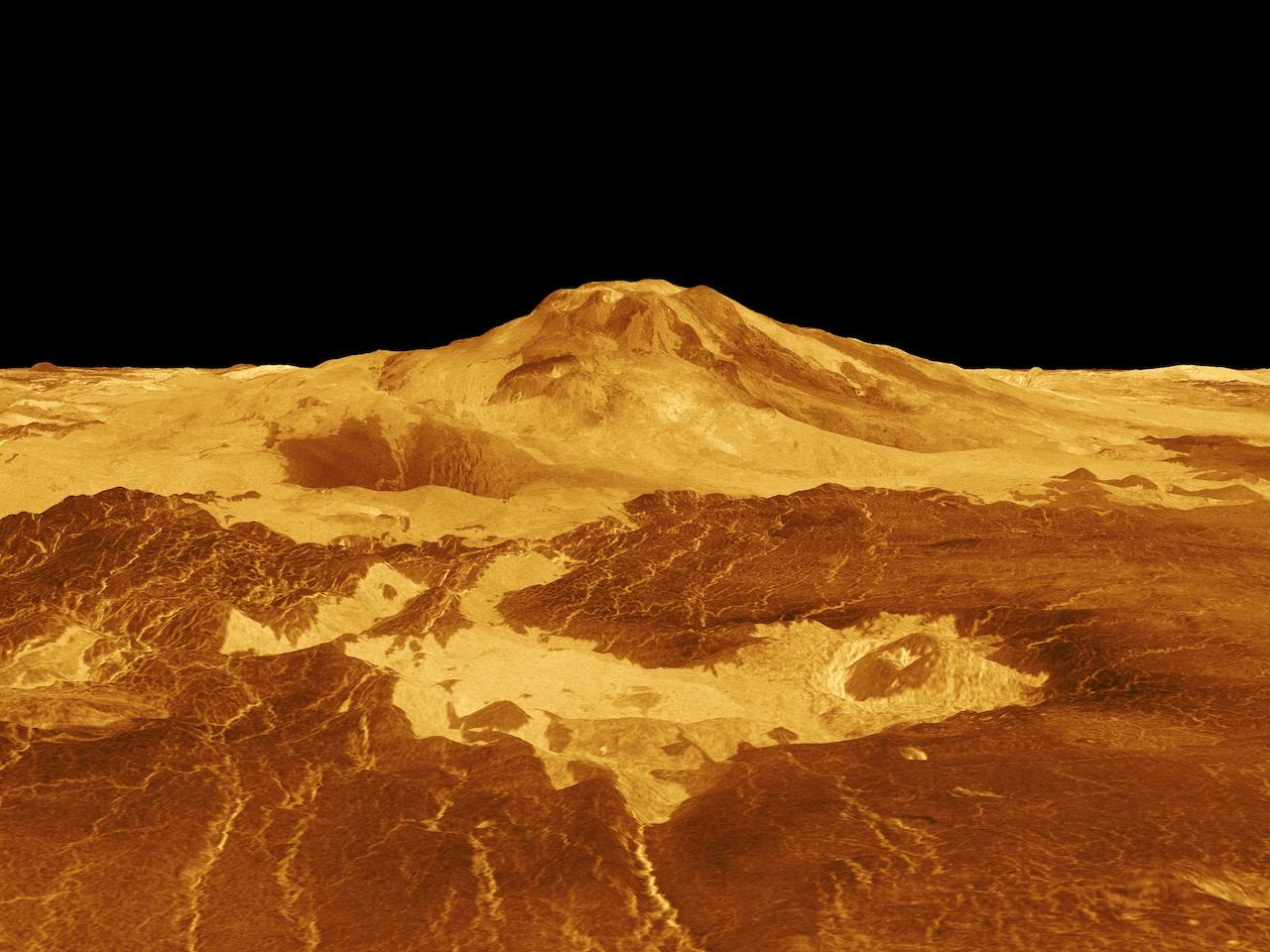
Maat Mons, Venus
The highest volcano on the Venusian surface, Maat Mons confounded scientists’ expectations. It was thought that the surface pressure on Venus would prevent the formation of such steep slopes. However, recent models suggest that a sufficiently viscous Venusian lava can explain Maat Mons and other cone-shape formations. The surface pressure may even contribute to their formation, stopping erupted materials from dispersing too far from the vent.
Maat Mons and other Venusian volcanoes like it have certainly left their mark across the planet’s surface, which as a result of extensive recent lava flows averages out at a mere 750 million years old. And that process of surface renewal might well be continuing to this day.
In the 1980s the Pioneer Venus Project revealed considerable variation in the concentrations of common volcanic gases sulfur dioxide and methane in the Venusian atmosphere, according to the European Space Agency. One explanation was the recent injection of volcanic gases by volcanoes like Maat Mons, according to a paper published in Nature Geoscience.
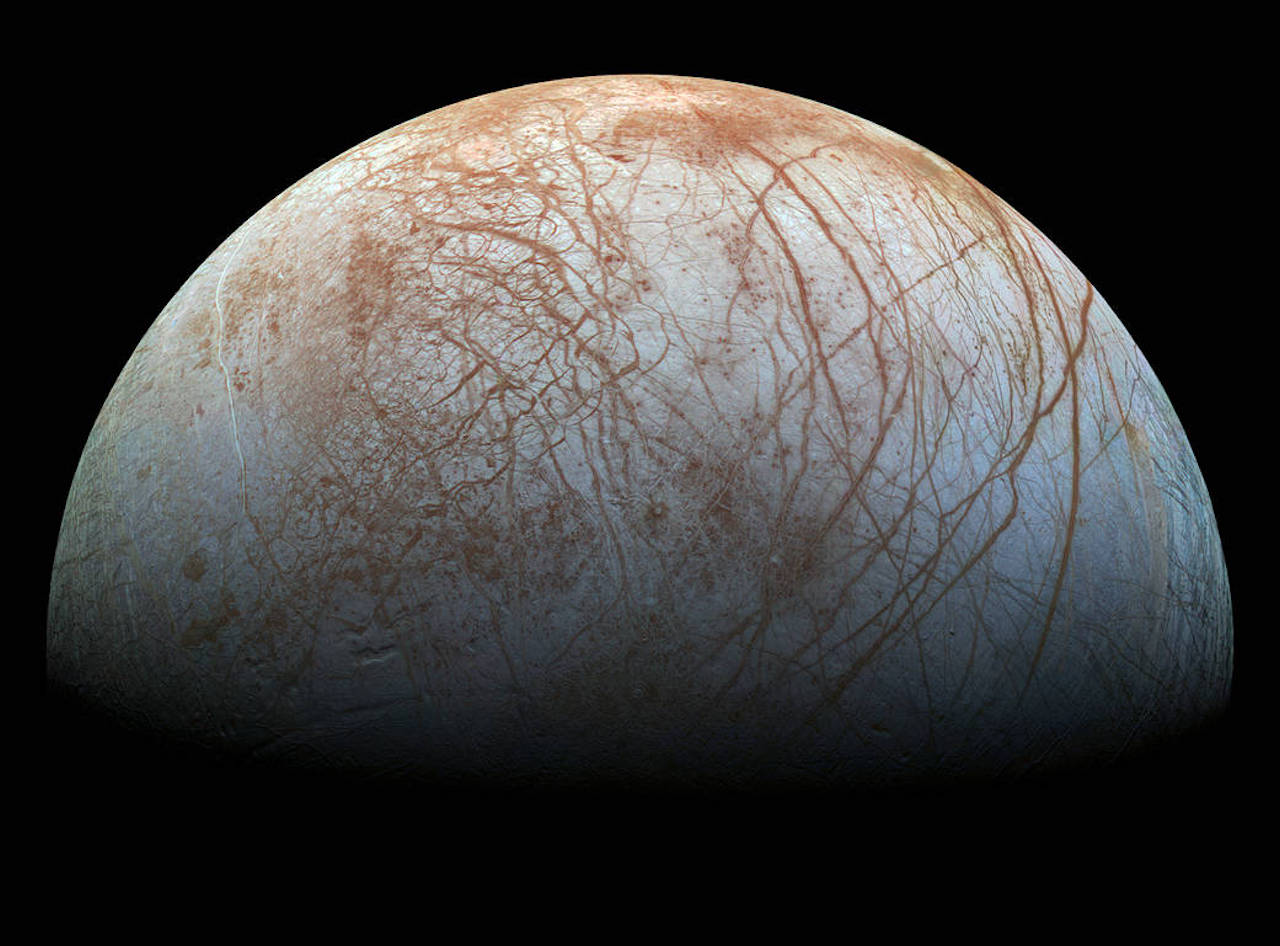
Europa’s cryogeysers
Outer solar system volcanism can take strange forms that are not found at even the most frigid Earth latitudes. In 2012 the Hubble Space Telescope detected water vapor plumes from the south pole of Jupiter’s moon Europa. These were later linked to circular domes on the surface that were thought to be erupting cryogeysers. The Hubble images suggested the plume may be 124 miles (200 kilometers) high.
Europa has long fascinated scientists due to predictions of a subsurface ocean. Flyby sampling of these volcanic plumes could help astronomers search for life in this ice-capped ocean without having to drill through the frozen surface. However, this window into the subsurface ocean may be less reliable if recent research, suggesting the plumes may originate from meltwater within Europa’s crust, is proved correct.
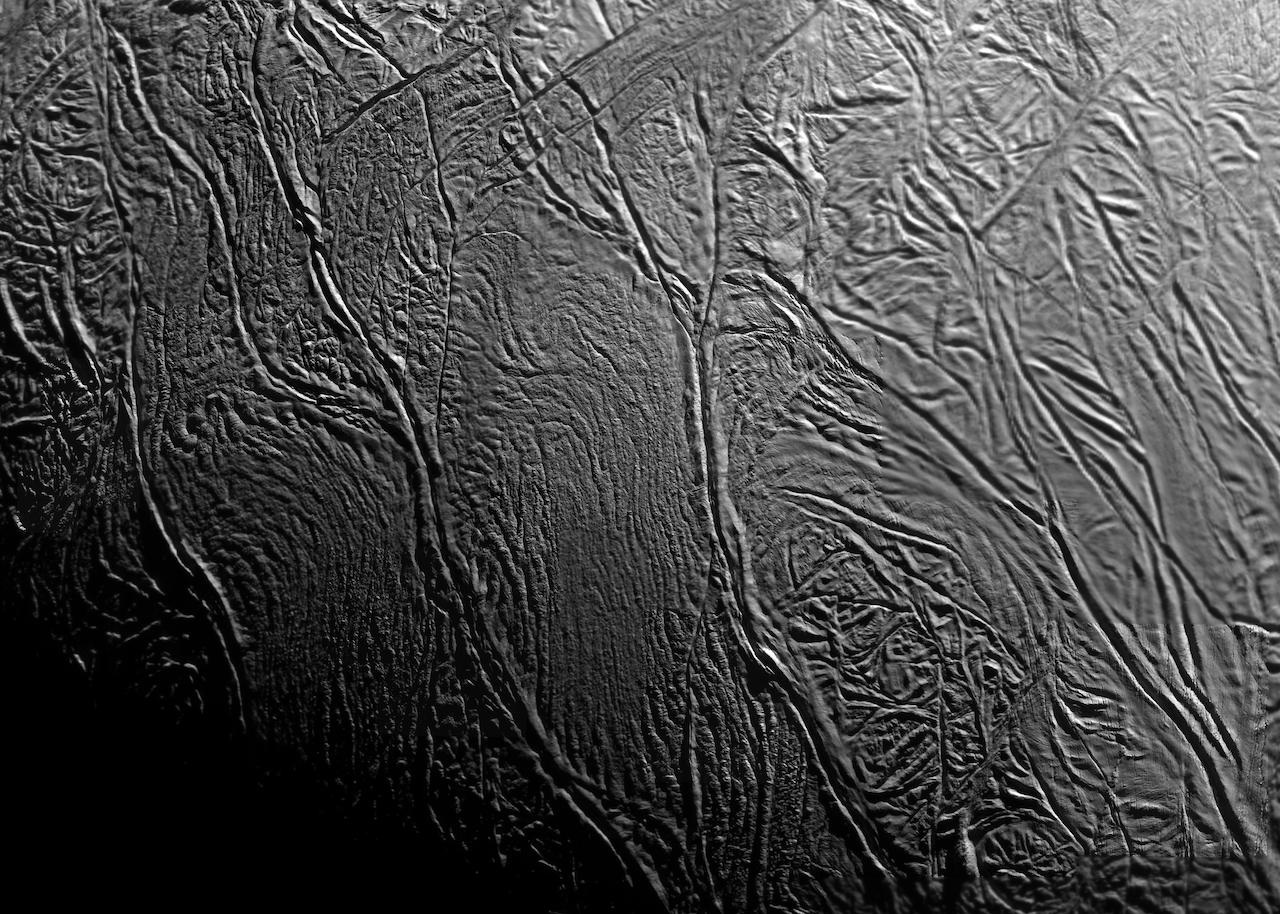
The tiger stripes, Enceladus
Few volcanic worlds have caused such shock, excitement, and awe as Saturn’s tiny moon Enceladus. In March 2006, the Cassini spacecraft imaged large icy jets emanating from the moon’s “tiger stripes” — a series of vast cracks that dominate its south pole region. From the stripes a vast chain of "Old Faithful" type geysers constantly erupt, sending huge amounts of watery materials into orbit around the moon’s host gas giant. The result is Saturn’s E-ring.
Cassini subsequently flew through the eruption plume and identified a water-ice composition with traces of carbon dioxide, ammonia, methane and other complex hydrocarbons. These contaminants lower the melting temperature of the icy Enceladusian crust, supporting the formation of the cryomagmas.
The presence of complex hydrocarbons in the erupted vapors point to a subsurface ocean and perhaps the type of hydrothermal vent chemistry that supports rich ecosystems on Earth’s ocean floors.
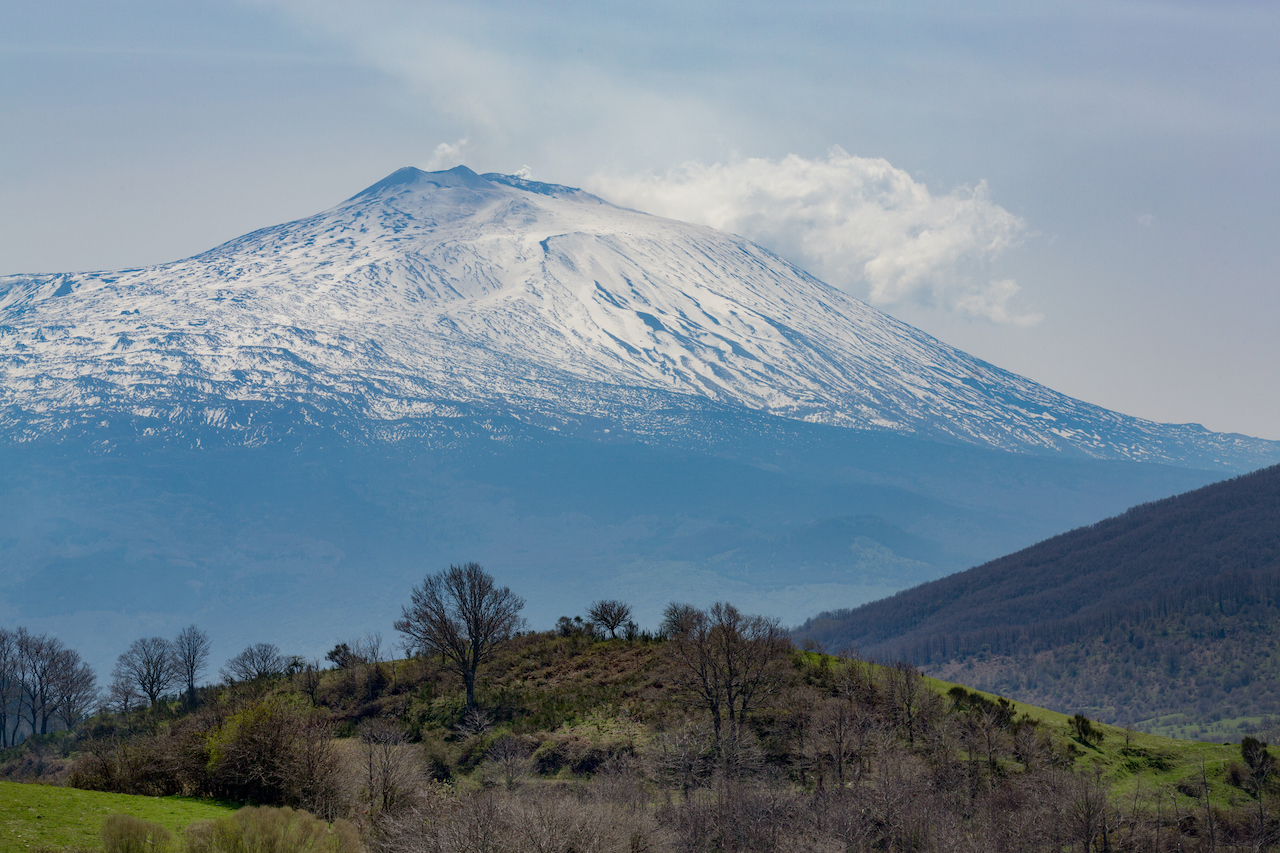
Mount Etna, Earth
One of the most famous and active classical conical-shape volcanoes on Earth, Italy’s Mount Etna is a testament to our planet’s seemingly unique system of plate tectonics. This process is fueled by interior radioactive elements, which at the surface drive the constant pushing and diverging of a patchwork of oceanic and continental plates.
It is on top of one of these convergent plate boundaries that Etna sits, spewing out molten rock melted far below by the subduction of the water-rich African plate underneath the Eurasia plate. The introduction of water and other gas-forming volatiles into the subsurface creates more viscous magmas, resulting in an explosive volcanism only found on Earth.
Plate tectonics is a fundamental mechanism of our planet, recycling vital minerals for life between the surface and subsurface. By burying excess carbon, it also plays the role of a thermostat, keeping our climate fluctuations in check. The reasons why Earth has plate tectonics and none of the other solar system worlds do is one of the big questions in planetary science. Answering it might help us appreciate how common Earth-like conditions are among the stars.
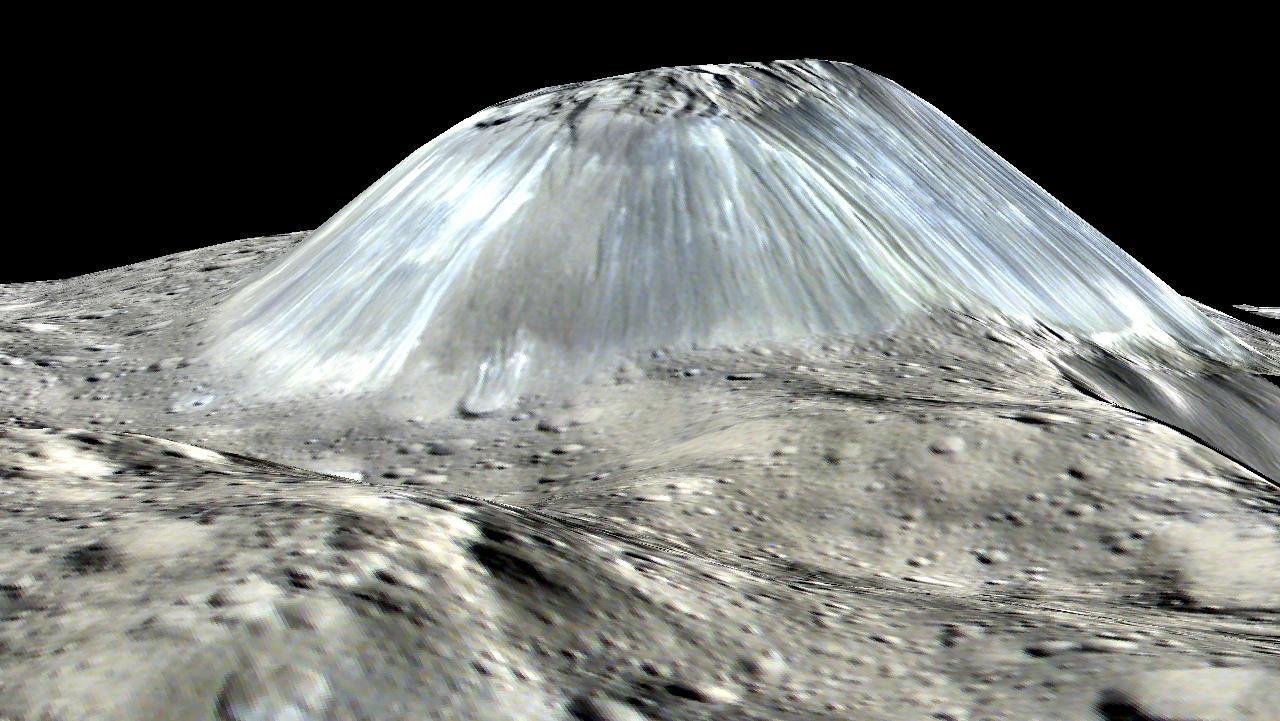
Ahuna Mons, Ceres
Volcanism can even be found within the asteroid belt in our solar system. And on Ceres, the largest object found orbiting between Mars and Jupiter, it takes an odd form.
In 2015, among a surface of cratered but relatively flat terrain, NASA's Dawn spacecraft imaged Ahuna Mons, a 10.5-mile-long (17 kilometers), flat-topped rectangular mountain. With no signs of plate tectonics on Ceres, Ahuna Mons’ origin was pinned on an upwelling beneath the crust — possibly the closest example of cryovolcanism in the solar system.
However, the lavas were not the almost-pure water outpouring found on the surface of Jupiter and Saturn’s moons. The viscous relaxation and the mineralogy of the dome suggest that these magmas contain a lot of suspended rocky material, and Ahuna Mons has been labeled a mud volcano. Simulations predict that it is fed by a plume extending from the mantle to the dome above it, raising the possibility that Ceres' mantle is still churning, pushing material up into Ahuna Mons and making it grow.
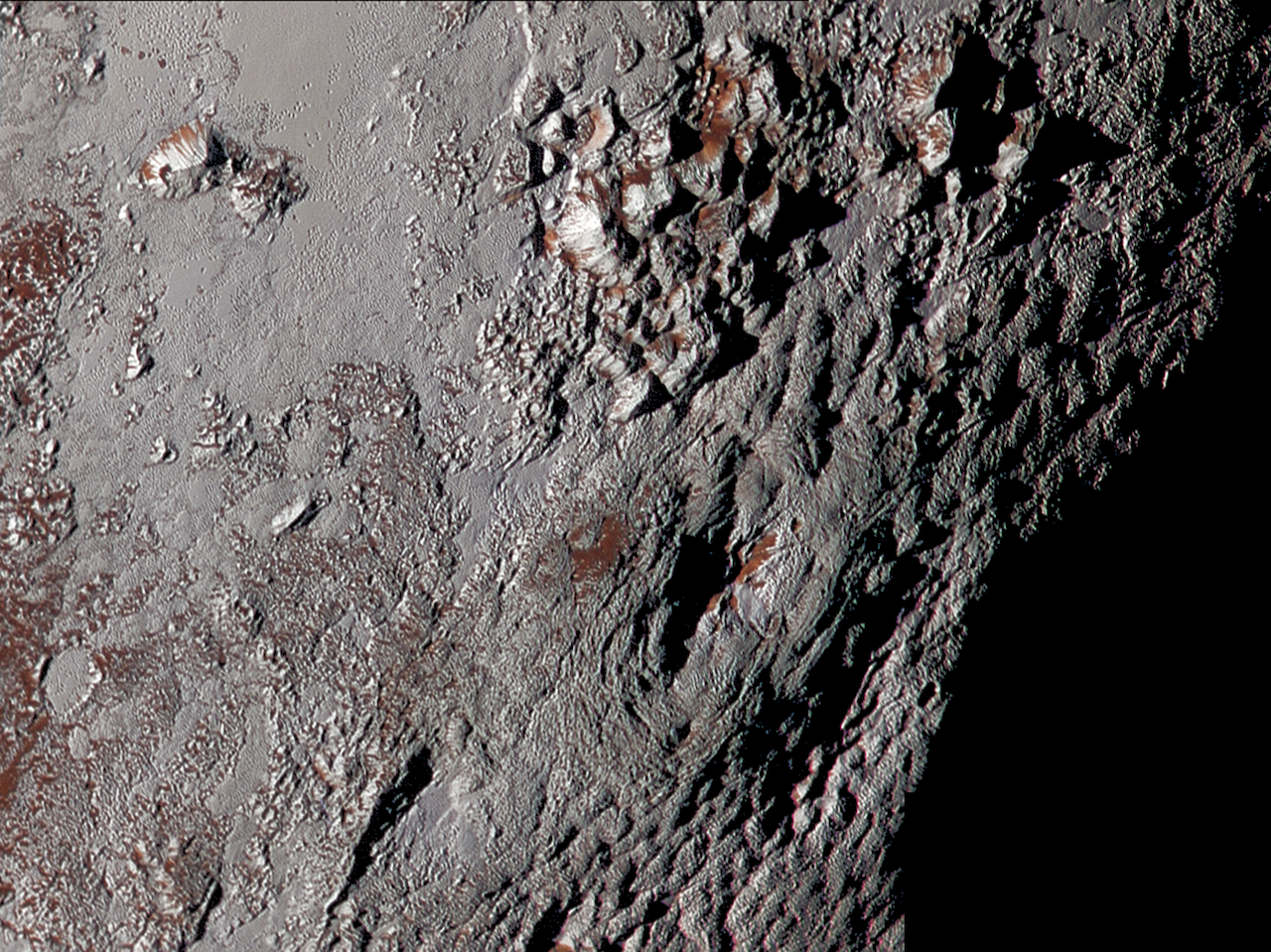
Wright Mons, Pluto
While Saturn and Jupiter’s moons confounded expectations that the outer solar system might provide slim pickings for volcano hunters, few held out hope of discovering further volcanic riches when NASA's New Horizons arrived at Pluto in 2015. However, geology found a way even within the frigid backwaters of the Kuiper belt.
The tell-tale sign came from a surprisingly smooth terrain. Scientists could only identify one impact crater on Wright Mons itself, indicating that the surface (as well as some of the crust underneath) was created relatively recently. This in turn may indicate that Wright Mons was volcanically active late in Pluto’s history. The cryolavas consist of water, ammonia, and a colored component thought to be complex organic matter. The presence of ammonia appears key to the mystery, as it can act like antifreeze to melt frozen ice, and its susceptibility to destruction through ultraviolet light exposure supports the idea of recent volcanic activity.
As with Europa and Enceladus, volcanism on Pluto provides a tantalizing window into what could be an ammonia-rich water ocean beneath the icy crust.
Join our Space Forums to keep talking space on the latest missions, night sky and more! And if you have a news tip, correction or comment, let us know at: community@space.com.
Get the Space.com Newsletter
Breaking space news, the latest updates on rocket launches, skywatching events and more!











